TheraLepsy™-Epilepsy
$39.97 – $799.97
TheraLepsy™ has a precision balance of nutrients your dog requires for a longer, healthier life! Expertly hand crafted in USA
TheraPhen Supplements not food
- Sizes/Pricing
- Ingredients
- Feeding/Storage
- Gauranteed Analysis
- AAFCO Statement
- Additional information
- Reviews (0)
|
|
|
Epilepsy is a term used when the seizure disorder has no identifiable cause, such as brain disease. It is specifically a disorder involving recurrent seizures. Though seizure disorders affect less than 1% of animals, given sufficient circumstances any animal can have a seizure.
The cause of the seizure correlates, to some extent, with the age of onset. In some animals, seizures may be triggered by hormone changes such as pregnancy or menstruation. They may also be triggered by illness or sensory stimuli such as lights, sounds, and touch. In many cases, no trigger is found for the seizures. The amount of stimulation required to cause a seizure is called the “seizure threshold.” Many people with epilepsy are considered to have a low seizure threshold.
|
|
Symptoms
Symptoms of generalized seizures
| Ingredients & Analysis | |||||||||||||||||||||||||||||||||||||||||||||||||||||||||||||||||||||||||||||||||||||||||||||||||||||||||
| Red Cabbage, Beets, Tomatoes, Blueberries, Black Berries, Barley Grass, Alfalfa, Spirulina, Chlorella, Turnip Greens, Avocado, Kale, Apples, Green Cabbage, Oranges, Grapefruit, Tomato, Carrots, Garlic, Cayenne Pepper, Bell Pepper, Broccoli, Cauliflower, Spinach, Peaches, Blueberry, Raspberry, Kamut Grass, Watermelon, Cantaloupe, Honeydew, Indigo berry, Parsley, Radish, Summer squash, Shitake Mushroom, Ginger Root, Thyme, Cumin, Yucca, Apple Cider Vinegar, Dandelion Root, Sage, Aloe Vera, Reishi, Echinacea, Thyme, Astragalus, and Chicory. (Preserved by a natural pH. Balance) | |||||||||||||||||||||||||||||||||||||||||||||||||||||||||||||||||||||||||||||||||||||||||||||||||||||||||
| Nutrient Profile | |||||||||||||||||||||||||||||||||||||||||||||||||||||||||||||||||||||||||||||||||||||||||||||||||||||||||
| Iodized Salt, L-Lysine, Potassium Chloride, Choline Chloride, vitamins (L-Ascorbyl-2-Polyphosphate (source of vitamin C), Vitamin E Supplement, Niacin, Thiamine Mononitrate, Vitamin A Supplement, Calcium Pantothenate, Biotin, Vitamin B12 Supplement, Pyridoxine Hydrochloride, Riboflavin, Folic Acid, Vitamin D3 Supplement), Vitamin E Supplement, Dicalcium Phosphate, Calcium Carbonate, minerals (Ferrous Sulfate, Zinc Oxide, Copper Sulfate, Manganous Oxide, Calcium Iodate, Sodium Selenite, Beta-Carotene, Rosemary Extract. (Exceeds AAFCO standards)
TheraPlex_2™ also contains trace amounts of more than 50 other minerals. |
|||||||||||||||||||||||||||||||||||||||||||||||||||||||||||||||||||||||||||||||||||||||||||||||||||||||||
|
Metabolic Energy¹ (Calories) |
|||||||||||||||||||||||||||||||||||||||||||||||||||||||||||||||||||||||||||||||||||||||||||||||||||||||||
| Dry Weight 3929 kcal/kg (372 kcal/per cup ² ) | |||||||||||||||||||||||||||||||||||||||||||||||||||||||||||||||||||||||||||||||||||||||||||||||||||||||||
| ¹Measurement of Usable Energy in a food, which differs substantially from gross caloric content. ²Eight fluid oz. equals 5.5 oz. by weight. |
|||||||||||||||||||||||||||||||||||||||||||||||||||||||||||||||||||||||||||||||||||||||||||||||||||||||||
|
Average Nutritional Properties
|
|||||||||||||||||||||||||||||||||||||||||||||||||||||||||||||||||||||||||||||||||||||||||||||||||||||||||
|
|||||||||||||||||||||||||||||||||||||||||||||||||||||||||||||||||||||||||||||||||||||||||||||||||||||||||
|
¹Differs from label guarantees which are either maximums or minimums. |
|||||||||||||||||||||||||||||||||||||||||||||||||||||||||||||||||||||||||||||||||||||||||||||||||||||||||
|
Daily Dosage Guidelines & Storage
|
|||
|
Dogs/Puppies: begin with these guidelines. You may adjust portions for desired results depending upon treatment stage to maintain proper nutrient intake. If you are uncertain, consult your Balance Diet™ Vet. tech., or ask your veterinarian. Feed more TheraLepsy™ as needed.
BD-Tip: Keep fresh water available!
|
|||
|
Dosage/Use/Recovery
|
|||
|
|||
|
Dosage/Use/Maintenance
|
|||
|
|||
|
|
|||
|
Storage: Taking good care of your very special nutritional supplement
You should promptly refrigerate TheraLepsy™ for the very best results including maintaining optimum freshness and potency. TheraLepsy™ should travel well with the necessity for cold storage. Our proprietary VitaMethod™ process is an excellent stabilizing force, TheraLepsy™ is real whole natural food-botanicals/plants/herbs
|
Sorry! No Data Available Yet.
Sorry! No Data Available Yet.
Additional information
| Quantity | Choose an option.., 16 oz., 32 oz., 64 oz., 1gal, 2 gal, 5 gal, 8 oz. |
|---|




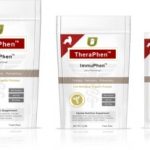
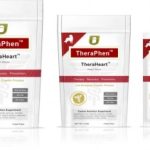
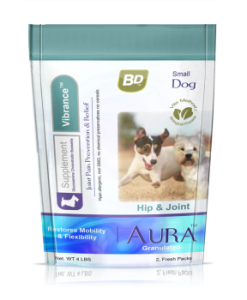

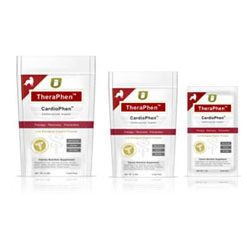

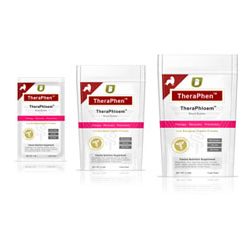
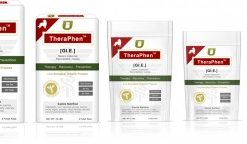
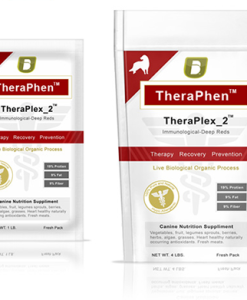
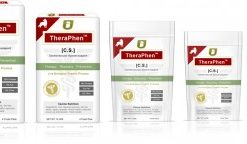
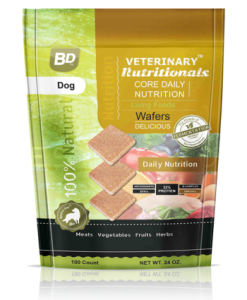



Reviews
There are no reviews yet.